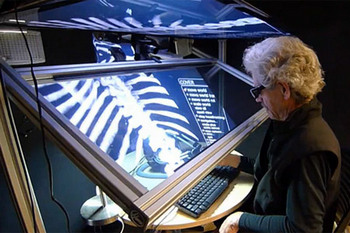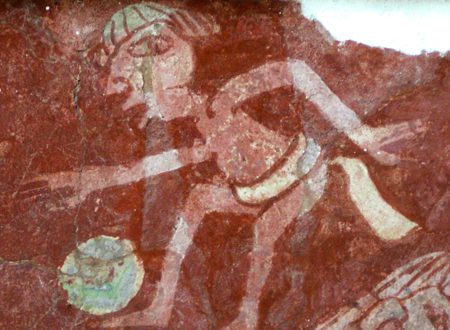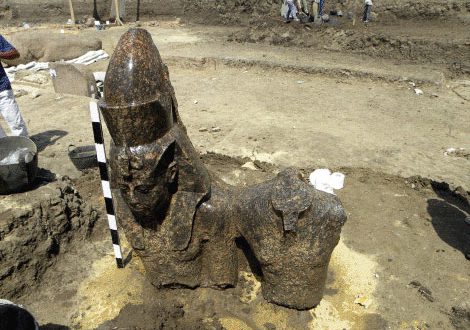 Egyptian Minister of Culture, Farouk Hosni, announced that with a total of 922 units the installation of the new lighting system on Luxors west bank has been completed, allowing for people to visit the tombs in the evening.
Egyptian Minister of Culture, Farouk Hosni, announced that with a total of 922 units the installation of the new lighting system on Luxors west bank has been completed, allowing for people to visit the tombs in the evening.
Dr. Zahi Hawass, Secretary General of the Supreme Council of Antiquities (SCA), said that the aim of this project is to preserve the tombs and temples located on Luxors west bank.
The thousands of tourists that daily visit the heritage site will now be distributed throughout the day, from 7:00 am to 8:00 pm.
This, he continued, will reduce the level of humidity inside the tombs, which negatively affect its paintings.
The humidity and fungus generated through breath and sweat is gradually eroding the soft stone chambers, and slowly destroying the ancient paintings and carvings.
Hawass added that the new lighting system will also provide a beautiful and a dramatic scene at night for the pedestrians walking along the Nile cornice on the east bank in Luxor.

Dr. Sabri Abdel Aziz, Head of the Pharaonic Antiquities at the SCA, said that that the project included the lighting of the mountains located on the west bank, the Valley of the Kings, the Valley of the Queens, the noblemens tombs, the northern side of Al-Qurna, and Hatshepsuts temple.
The project, carried out by the SCA in collaboration with Egypts Sound and Light organization and the French lighting company Architecture Lumire, had a budget of 56 millions LE about 6.2 million, or almost ten million USD.
The installation of the ‘cool lighting’ system is just one of many steps taken to preserve the royal tombs.
“Whoever wants to visit the original tombs of Tutankhamun, Seti I and Nefertari must pay a huge amount of money,” he commented then.
Eventually, Dr Hawass hopes to create a ‘Replica Valley’, containing identical replicas of the three tombs for tourists to visit, as with Lascaux II has been successfully done for the caves of Lascaux.
These replica tombs will be based on laser scans and high-resolution photographs of the burial chambers and sarcophagi. These would incorporate missing fragments of the tombs that are now held at foreign museums. With King Tut’s replica mummy already looking scaringly real, and Sandro Vannini’s fabulous images of the tomb paintings as examples of what can be achieved with the right combination of equipment and knowledge, I have high hopes for the reconstruction results.
Until the physical replica of KV62 is finished, you can still have a look at a 3D replica of the tomb based on Sandro Vanninis photographs using Heritage Key Virtual, or visit a ‘real life’ – and truly astonishing – replica of how Howard Carter found King Tut’s tomb, at the travelling exhibition ‘Tutankhamun: His Tomb and His Treasures’ currently visiting Manchester. Watch a preview and learn how the replicas were made in this video.




